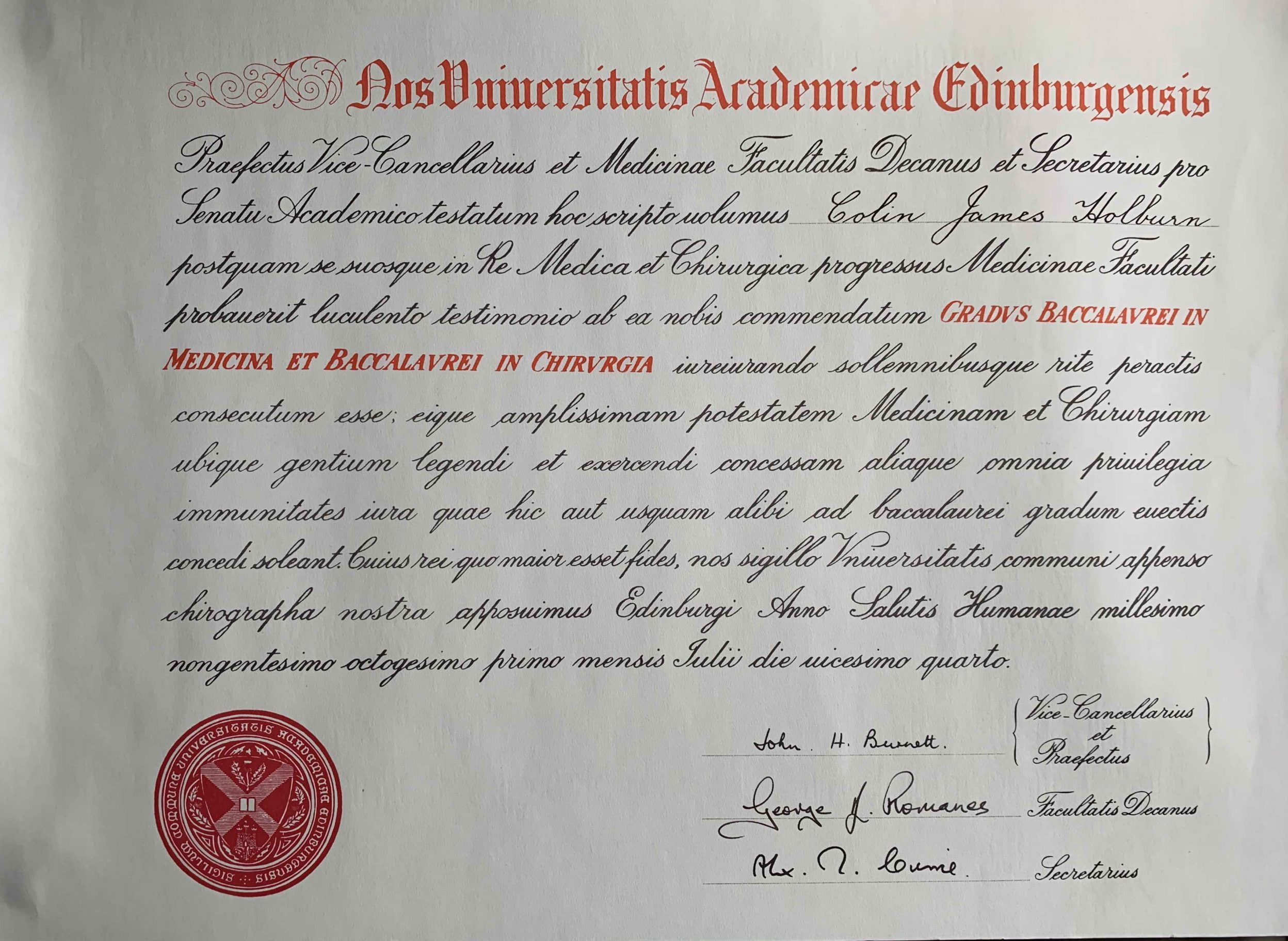
How to spot central cord syndrome in abnormal neurology in the ED
20th July 2021
Looking Back
2nd August 2021A dislocated knee can have devastating consequences for the patient if it is not treated promptly and effectively. A dislocated patella can also have long term complications. In both cases, extreme pain is common at the point of injury and when presenting to health services.
Dislocations of the knee and the patella – prevalence
Dislocation of the knee is a potentially serious injury that could lead to the loss of a limb in cases that are not treated promptly or effectively. A dislocated knee can be easily missed without a thorough examination and consideration of the patient’s history.
Dislocated knees are a relatively rare occurrence in the emergency department. Early operative intervention is the preferable strategy in the management of this acute injury.
A dislocated patella (knee cap) is more common. Dislocations of the patella are generally managed non-operatively with rest and often a knee brace and crutches.
Knee dislocation – diagnosis
There are six major ligamentous and cartilaginous structures within the knee. A dislocation will generally be considered to refer to disruption of at least two of them.
A meticulous examination of the patient’s history and circumstances must be carried out at the earliest possible time. High-velocity impacts are a common cause of knee dislocation. Low-velocity impacts have been increasingly noted as a cause too.
Common causes of knee dislocation include falls, contact sports, and car accidents. The patient may report hearing a “pop” at the time of the injury.
Heightened risk factors for a dislocated knee
Patients who may be more prone to a knee dislocation include:
* Those who have had a previous knee dislocation
* Experienced direct trauma to the knee
* Have weak or imbalanced muscles in the leg
* Are particularly tall
Women may also be more at risk of knee dislocation than men. Morbid obesity is also considered to be associated with low energy knee dislocation. This should be considered when examining any patient in this cohort who presents with a knee injury.
Complications of a dislocated knee and misdiagnosis
Neurovascular injuries are common with knee dislocation. Clinicians must consider the possibility of these during a thorough evaluation and secondary surveys of the injury.
Limited range of motion in the knee may result from a dislocation. Other complications such as ischaemia, compartment syndrome and eventual amputation are serious medical events that can be caused by a dislocated knee.
Complications of a missed diagnosis of knee dislocation can include vascular compromise, damage to the popliteal artery (including a delayed arterial blockage), ischaemic limb, and permanent nerve damage.
Patella dislocation – diagnosis
Clinical examination is essential for the diagnosis of patella dislocation. X-ray, CT scans and MRI scans may also be involved in the diagnosis.
A patella dislocation can often be resolved spontaneously or by manipulation under analgesia or anaesthesia by a medical professional. Surgical techniques may also be considered.
Heightened risk factors for a dislocated patella
Patella dislocations are most commonly associated with athletes and also in younger females. Those who have dislocated a patella previously are at a heightened risk of it occurring again.
Complications of a dislocated patella and misdiagnosis
A dislocated patella that is not treated properly can result in painful subluxation and osteoarthritis. It is also common for the knee not to return to its pre-injury state following dislocation of the patella.
Prognosis and conclusions
The prognosis of knee dislocations is variable. The outcome for the patient is heavily dependent on the treatment they receive and the nature of the injury that they have sustained. As a result, there are risks of negligence claims that medical practitioners must be aware of when a patient presents with a potential knee dislocation.
The prognosis of a patella dislocation is generally good. However, studies have suggested that as many as 50% of patients who have suffered a patella dislocation have complications, either minor or major, after treatment.
In both cases, a comprehensive examination, using appropriate imaging techniques where necessary, is crucial, as is timely intervention.




